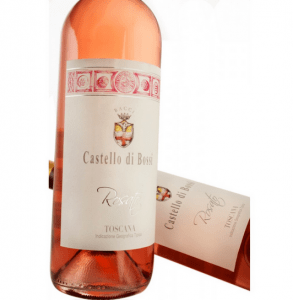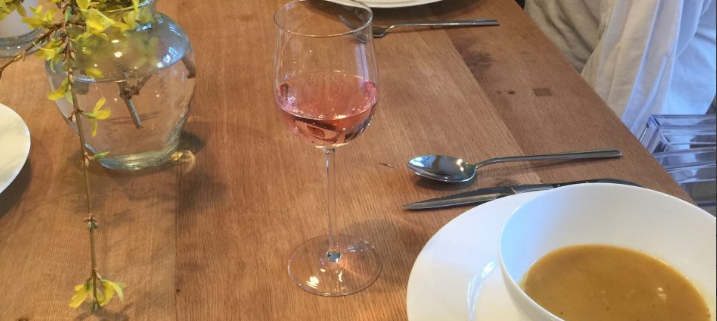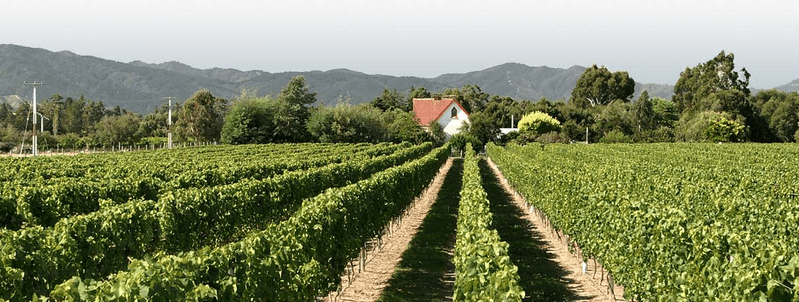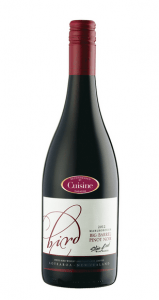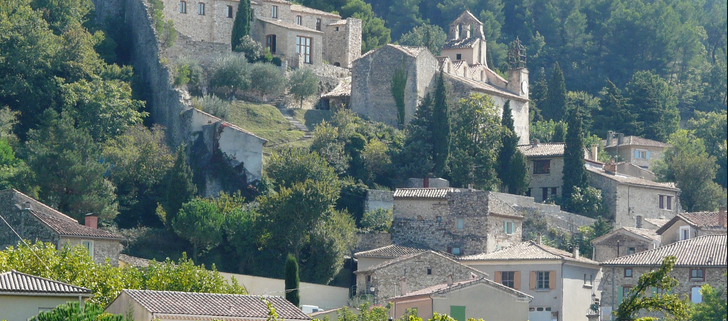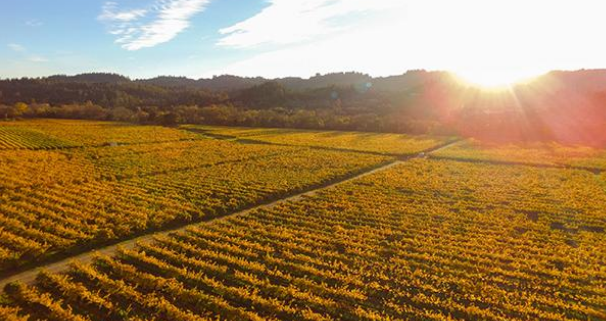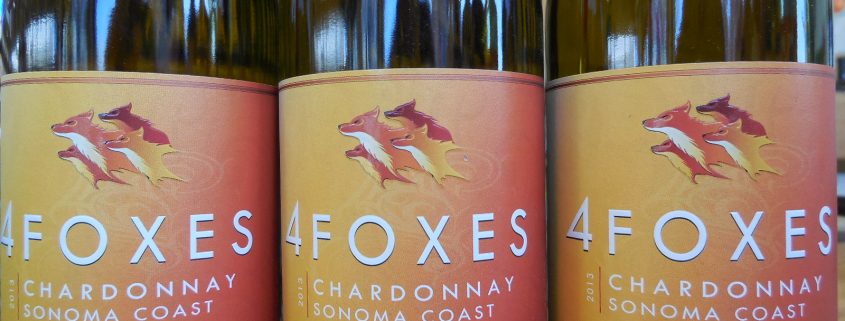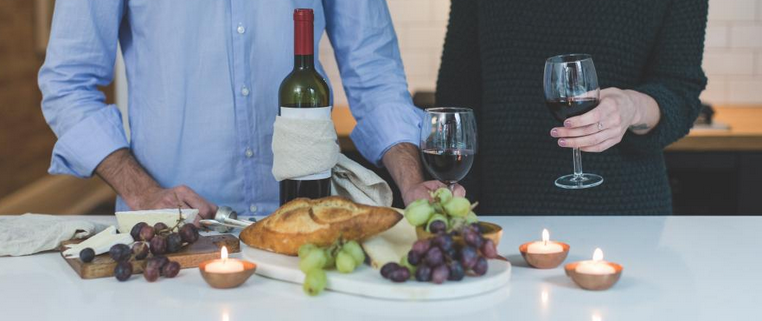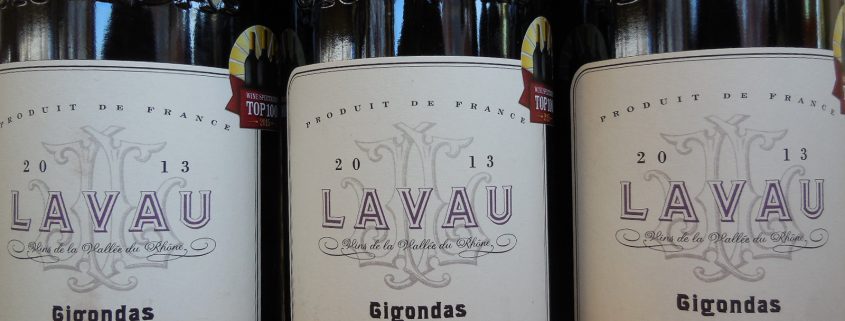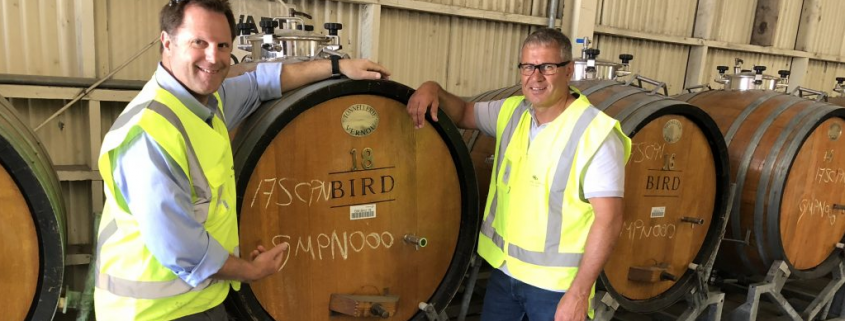I love it when I speak with people and they have strong opinions on wine. Sometimes the opinions are wrong (ahem), but nonetheless, it makes for a lively exchange. For years now, Pinot Noir has had a certain cache, it is the wine grape that has been made into some of the most legendary cuvees of Burgundy, the wellspring of ethereal, elusive, coveted and as a result, unimaginably expensive wines. But in the past few decades, it’s magic has been captured and vinified in the new world. There are purists who would recoil from the idea that one would drink Pinot Noir from anywhere but the golden slopes of Burgundy, but (ahem), they would be wrong.
It turns out that there are valleys in California and Oregon that make just beautiful, scented, delicate, poignant Pinot Noirs. And more recently, the art of Pinot Noir has come to New Zealand.
So what is it about Pinot Noir that is so magical and mysterious? Why do people wax poetic about it? The first thing is that it is a notoriously difficult grape to grow. As the Oxford Companion to Wine states, “Pinot Noir demands more of both the vine-grower and the winemaker…It is a tribute to the unparalleled level of physical excitement generated by tasting one of Burgundy’s better reds that such a high proportion of the world’s most ambitious wine producers want to try their hand with this capricious and extremely variable vine.”
Steve Bird is one such intrepid winemaker. He has dedicated his life to winemaking, coming to it as a high-schooler working at the local winery, studying it in college and then working in wineries his entire life. And his skill is well rewarded in his signature wine, the 2013 Bird Big Barrel Pinot Noir from the Marlborough wine region of the south island of New Zealand.
This wine has some magic in it. When you pour it, it has this amazing gem-like ruby brightness with hints of orange, which indicate it is 5 years old and ready for drinking. Then you smell it. The first impression is of cherry with a light herbal note – maybe mint? But patience is required. This wine has been sitting in this bottle for 5 years now. Swirl it some more – let is open up and relax a bit. Then take another deep breath of it. Now you start of find that elusive quality. It is now full of cherries, a hint of strawberry, some roses and violets and wonderful baking spices, some cloves, some licorice. And yet it remains delicate, there is nothing overt in this wine. It is coy and draws you in. On the palate it is fruity and mouthwatering with just the right amount of silky tannins to make it linger on the finish, again just the right amount.
And voila, one sees that Pinot Noir is indeed able to thrive and prosper outside Burgundy. There are many ways it can express itself. It can put forward its floral character, it can put forward its herbal character; it can be fruity but it can also be savory. But when it is well made, it is always wonderful.
Cheers, Seema (Our local wine expert)
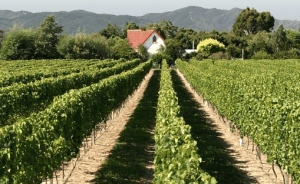
Steve Bird Winery
